Our extra-large special edition is here. Subscribe today and receive the 25% longer issue at no extra cost!
Beyond Inquisition: What We Want For The Future Of Dragon Age
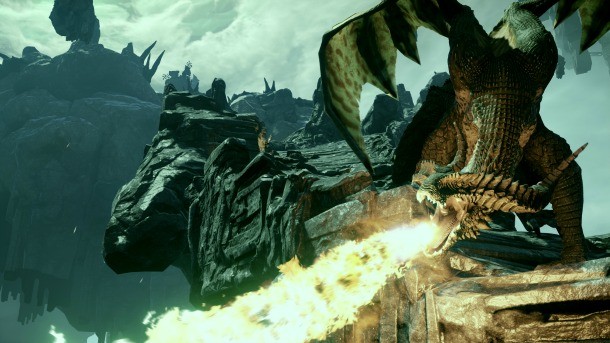
Dragon Age: Inquisition is a fantastic game, and we’ve written plenty about the things it does well. With this victory under BioWare’s belt, you can bet that the developer is going to continue the Dragon Age series. What that continuation looks like is still a mystery; the next step could be some DLC, a full expansion, or even a sequel. Whatever form the future of Thedas takes, we have some suggestions for things it should include.
This wishlist is a mix of old and new. We want Dragon Age to keep doing what it does best, but also expand some of those areas and add new concepts to strengthen them (we also did a similar exercise prior to Inquisition). As fans of the series, we just want the best Dragon Age experience possible, and this is how we think it might look.
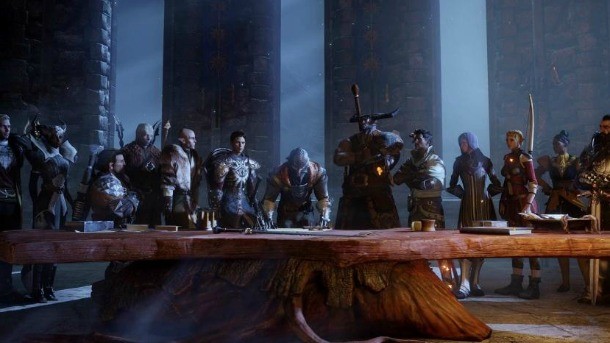
More Of The Inquisition
The first two Dragon Age titles provided a sense of closure. Even if the Warden or Hawke had more adventures, the conclusions for each of those games signaled the end of an era. Inquisition is different; even with the threat defeated, it feels like the story of the Inquisition is just beginning. What is its place in the world? How does it fill the void of power? Does it fall prey to the same mistakes that the Chantry did? These are questions that we should help answer – not questions that are settled automatically in the gap between games. With Dragon Age Inquisition’s focus on building strength, influence, and alliances, it would be great if players could continue to see the fruits of those labors. Maybe that means a Dragon Age Inquisition II before moving on to the next big chapter.
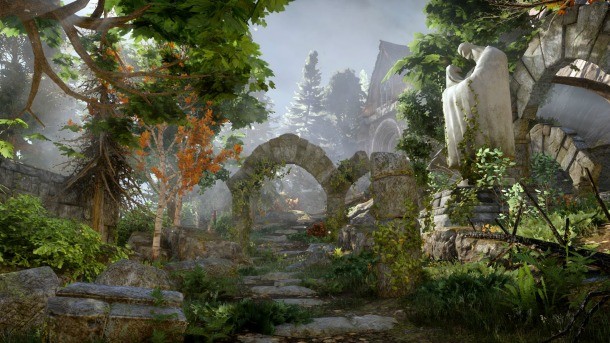
The Open World Works
For years, many BioWare games followed a familiar structure. You played through a prologue, visited a series of independent “main quest” hub worlds, and then everything came together for a conclusion. Even Dragon Age: Origins follows this pattern. Dragon Age II broke away with mixed results, but Inquisition found a structure that sings. The mix of open-world exploration, sidequests large and small, and player-driven progression conveys a sense of freedom while still providing the boundaries of a crafted narrative. Some aspects of this approach could be expanded, but it definitely shouldn’t be completely reinvented.
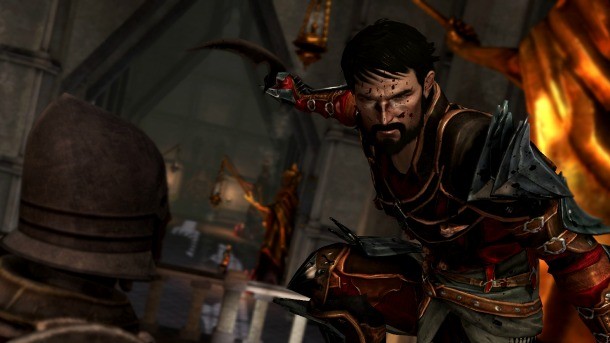
Keep Bringing Characters Back
A new Dragon Age shouldn’t just be a parade of old characters, but getting a few in there is important. Familiar faces give longtime fans a way to connect with the new scenario, and ease them into the new cast. At the same time, going overboard means that new players could feel alienated by all the people and references they feel like they’re supposed to recognize. Dragon Age II had too few touchstones – Anders (from the expansion, Awakening) was the most prominent returning character. On other hand, Dragon Age Inquisition struck a perfect balance between old and new.
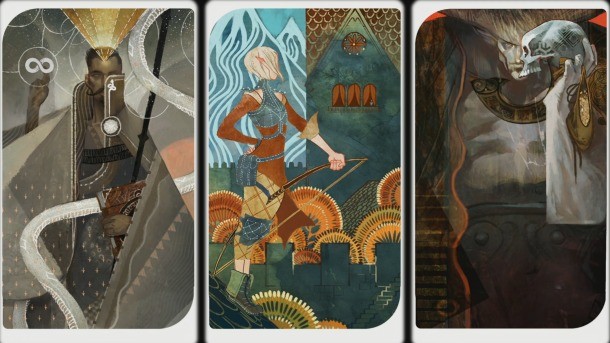
Even More Character Quests
You can always chat with your party members, but in every Dragon Age title so far, you gain the most insight into their personalities and backgrounds by doing quests specifically designed around them. Whether you’re confronting Marjolaine with Leliana or helping Aveline with her relationship troubles, these quests always bring you closer to your companions. Pursuing these tasks is often just as interesting as the main story, and it would be great to see them fleshed out with more multi-quest arcs that allow you to get to know your favorite allies even better.
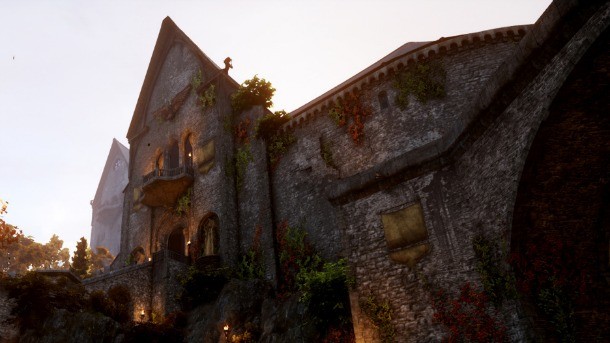
Expand Base Customization
Building a base is fun, plain and simple. Awakening gave players Vigil’s Keep, and Inquisition expanded on the idea with Skyhold. The cosmetic customizations are nice, but it would be great to have more ways for your base to feed into your gameplay. Building a tower dedicated to mages versus templars should have some sort of different (but equivalent) benefit – apart from how some out-of-the-way corner of your castle looks. Keep the aesthetic elements (like banners, furniture, etc), but add in things that can also provide tangible bonuses for crafting, combat, exploration, etc.
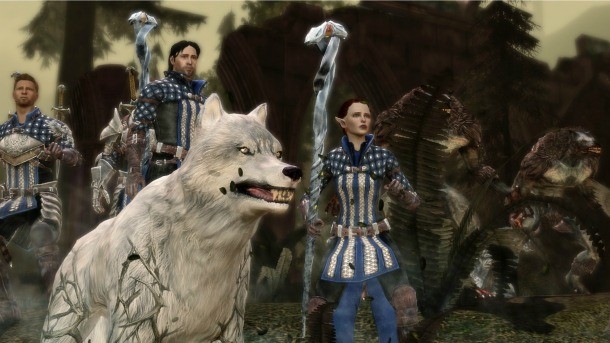
Choices Have Consequences
Once upon a time, it was impressive when a game acknowledged a choice you made with a special line of dialogue or a different cutscene. However, games have been playing those tricks for years, and we’d love to see some even bigger ripples as a result of our choices. Getting a few different cameos is a nice nod to fans, but some unique quests and storylines would be even better. Even if it’s just a handful of them, actual missions tied to choices from previous games would go a long way toward giving the player the sense that they are really having an impact. Sure, players who made certain decisions might not be able to see this content, but that’s part of living with the consequences – and any Dragon Age fan would understand that.

Bring Back The Storage Chest
With so much tantalizing treasure in the world, filling up your inventory is easy in any Dragon Age game. That’s why Dragon Age: Origins added a storage chest via DLC, and why Dragon Age II included it from the beginning. Dragon Age Inquisition, however, does not have this feature. Managing a crowded inventory is a chore; it is never fun, and it doesn’t help immerse players in the world. Anything that makes that process easier and less time-consuming is a good idea. Heck, maybe BioWare could even find a way to patch it into Inquisition.
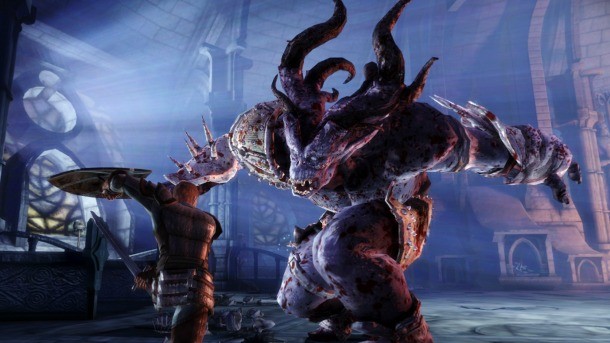
Give Us An Action Queue
Dragon Age Inquisition melds the combat systems of the first two games into a fun action/strategy hybrid. The higher you set the difficulty, the more time you need to spend in the tactical view making careful decisions. That’s a step in the right direction, but for those of who want a more tactical experience, an action queue would go a long way. You might remember this system from RPGs like Knights of the Old Republic; instead of just giving one command at a time, you queue up several for each character, effectively laying out the next several “turns” of combat. Also, when you aren’t individually directing your allies, you should have the option to fine-tune their A.I. behaviors (like in Dragon Age: Origins). Don’t make it a mandatory thing, but it would mean a lot to the players who want more control.
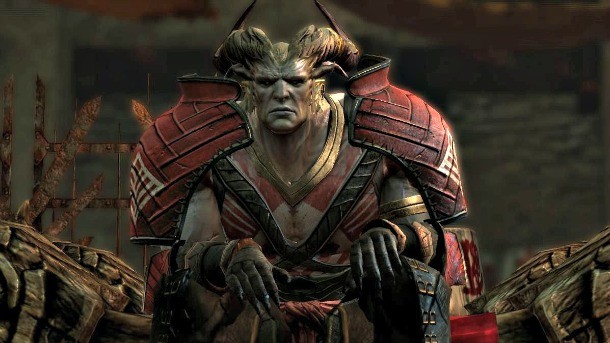
Don’t Be Afraid Of Cutscenes
Years ago, great cutscenes were the backbone of any RPG. These days, there’s a push against them; forcing the player into the passive role of a viewer is not popular. When cutscenes are necessary, they are often too short in the interest of getting players back in control. Maybe you don’t need 20-minute cinematic interludes, but significant plot points need to have breathing room. Some story moments in Dragon Age II and Dragon Age Inquisition seemed to suffer because the plot tried to “get in and get out” too quickly, rather than giving them the appropriate context and development.
More Polish
Epic, sprawling RPGs are massive games, and that means lots of stuff can go wrong. We understand that, and it speaks volumes about Dragon Age that so many people love it despite some technical imperfections. Though Inquisition doesn’t have much in the way of game-breaking bugs, a lot of small glitches and issues can stack up to drag down the experience. Sure, some people can look past the problems and focus on the good stuff, but with some extra polish, that wouldn’t be necessary.

Get the Game Informer Print Edition!
Explore your favorite games in premium print format, delivered to your door.
- 10 issues per year
- Only $4.80 per issue
- Full digital magazine archive access
- Since 1991









